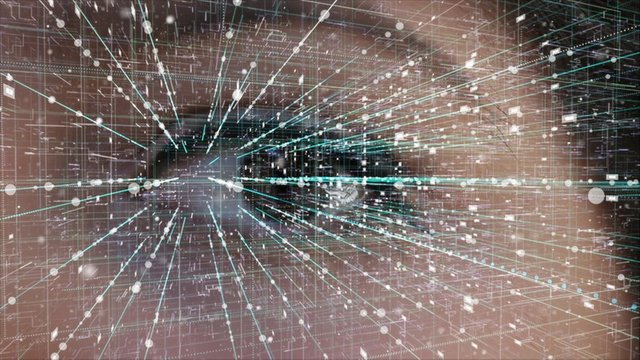AI Face Recognition for Neonatal Genetic Diseases
@flimurri Chinese scholars have developed artificial intelligence (AI) -based facial recognition software to detect genetic diseases in newborns.
Hong Kong South China Morning Post (SCMP) reported Monday that the Shanghai Children's Medical Center and pediatric researchers have been able to diagnose more than 100 diseases, including Cornelia diranji syndrome and Down's syndrome, through a new paradiagnostic tool. did.
They say AI-assisted diagnostic tools will help to accurately diagnose the disorder in early newborns.
Representative Cornelia diranji syndrome is a congenital disease that is characterized by appearance. For example, since birth, the weight is small and the head is small. It also has a lot of hair, dark eyebrows, and a brow. The nose is low and the tip of the nose is pointing upward. Cleft lip and palate (congenital upper lip or palate). Down syndrome is also characteristic of the face often. The head is small, flat and round. There may be a wide gap between the eyes or the tail of the eyes are raised.
Based on deep learning algorithms, this assistive diagnostic tool diagnoses new cases based on past medical records of facial images.
SMCP reported that it is piloting the assistant diagnostic tool in Shanghai. Pediatricians post pictures or images of patients for examination if they have a suspicious disorder.
China has emerged as the world's second largest economy, but it is still estimated to lack medical resources and take a long time to be diagnosed or treated. This led to efforts to use AI to diagnose diseases early. According to the SCMP, AI is already widely used in China to predict flu outbreaks, chronic disease screenings and cancer patients.
Meanwhile, China is not the first to use AI facial recognition to identify these rare genetic diseases.
Earlier this year, Boston-based FDNA published a paper in Nature Medicine that it used a deep learning system to diagnose rare genetic diseases. This is an example of the use of artificial intelligence algorithm as an aid for diagnosing hereditary diseases with distinctive facial features. The diagnostic accuracy at that time was over 90%.


